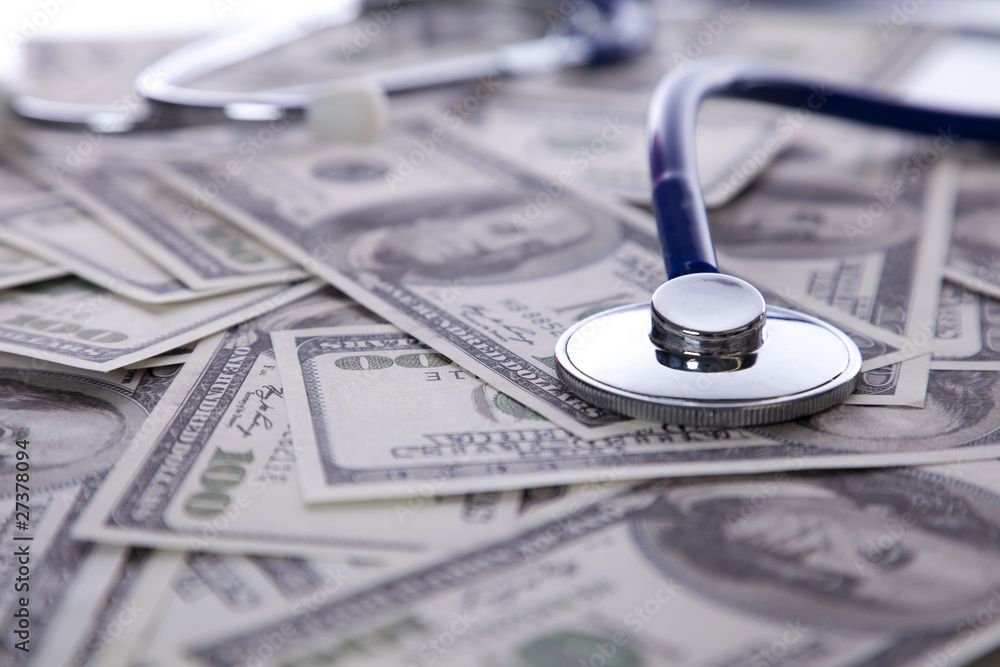- Revenue Cycle Management
- COVID-19
- Reimbursement
- Diabetes Awareness Month
- Risk Management
- Patient Retention
- Staffing
- Medical Economics® 100th Anniversary
- Coding and documentation
- Business of Endocrinology
- Telehealth
- Physicians Financial News
- Cybersecurity
- Cardiovascular Clinical Consult
- Locum Tenens, brought to you by LocumLife®
- Weight Management
- Business of Women's Health
- Practice Efficiency
- Finance and Wealth
- EHRs
- Remote Patient Monitoring
- Sponsored Webinars
- Medical Technology
- Billing and collections
- Acute Pain Management
- Exclusive Content
- Value-based Care
- Business of Pediatrics
- Concierge Medicine 2.0 by Castle Connolly Private Health Partners
- Practice Growth
- Concierge Medicine
- Business of Cardiology
- Implementing the Topcon Ocular Telehealth Platform
- Malpractice
- Influenza
- Sexual Health
- Chronic Conditions
- Technology
- Legal and Policy
- Money
- Opinion
- Vaccines
- Practice Management
- Patient Relations
- Careers
Health care spending reached new high in 2021, but growth rate slowed
Federal spending was down following 2020’s pandemic-related spike, while other categories saw increases

U.S. health care spending continued its steady upward march in 2021, although at a considerably slower pace than the previous year.
The nation spent $4.3 trillion on health care in 2021, according to the 2021 National Health Expenditures report. That represented a 2.7% increase from 2020. By comparison, spending grew by 10.3% from 2019 to 2020. The report was released December 14 by the Office of the Actuary at the Centers for Medicare & Medicaid Services.
Despite the spending rise, health care’s share of the gross domestic product (GDP) shrank by 7.1%, from 19.7% in 2020 to 18.3% in 2021. The decrease stemmed from a combination of the slower rate of health care spending growth and a 10.7% increase in the GDP, which had contracted in 2020.
Published annually, the NHE measures spending for the delivery of health care goods and services by category—hospital, physician and clinical services, and prescription drugs—type of payer (commercial or public) and type of health care sponsor, including businesses, households, and federal/state governments. The NHE also includes spending on government public health, investment in structures and equipment, and non-commercial research.
The report finds that much of the overall slowdown from 2020 to 2021 resulted from reduced outlays by the federal government, which accounts for about one-third of all health care spending. Federal spending was down by 3.5%, compared to a 36.8% increase from 2019 to 2020. The decline was driven by a reduction in COVID-19 supplemental funding, such as the Paycheck Protection Program, along with a decrease in public health expenditures and slower growth in the federal portion of Medicaid payments.
The largest category of spending increase among payers was patient out-of-pocket expenditures, which were up 10.4% in 2021 following a 2.6% decline in 2020. That was followed by Medicaid (up 9.2%), Medicare (8.4%) and commercial insurers (5.8%).
Among health care services, the biggest spending increase in 2021 was on retail prescription drugs, which was up by 7.8% to $378 billion. Physician and clinical care expenditures grew by 5.6% to $864.6 billion, down slightly from the 6.6% growth rate in 2020. Spending on hospital services was up 4.4% to $1.3 trillion, compared to a 6.2% growth rate the previous year.
Among categories of health care sponsors, the federal government’s 3.5% decreasewas the only decline. The fastest spending growth—6.5%—occurred among private businesses, driven largely by higher contributions to employees’ health insurance premiums. That was followed by household spending on health care, which grew by 6.1%, and state and local government spending, which rose by 5.8%.
